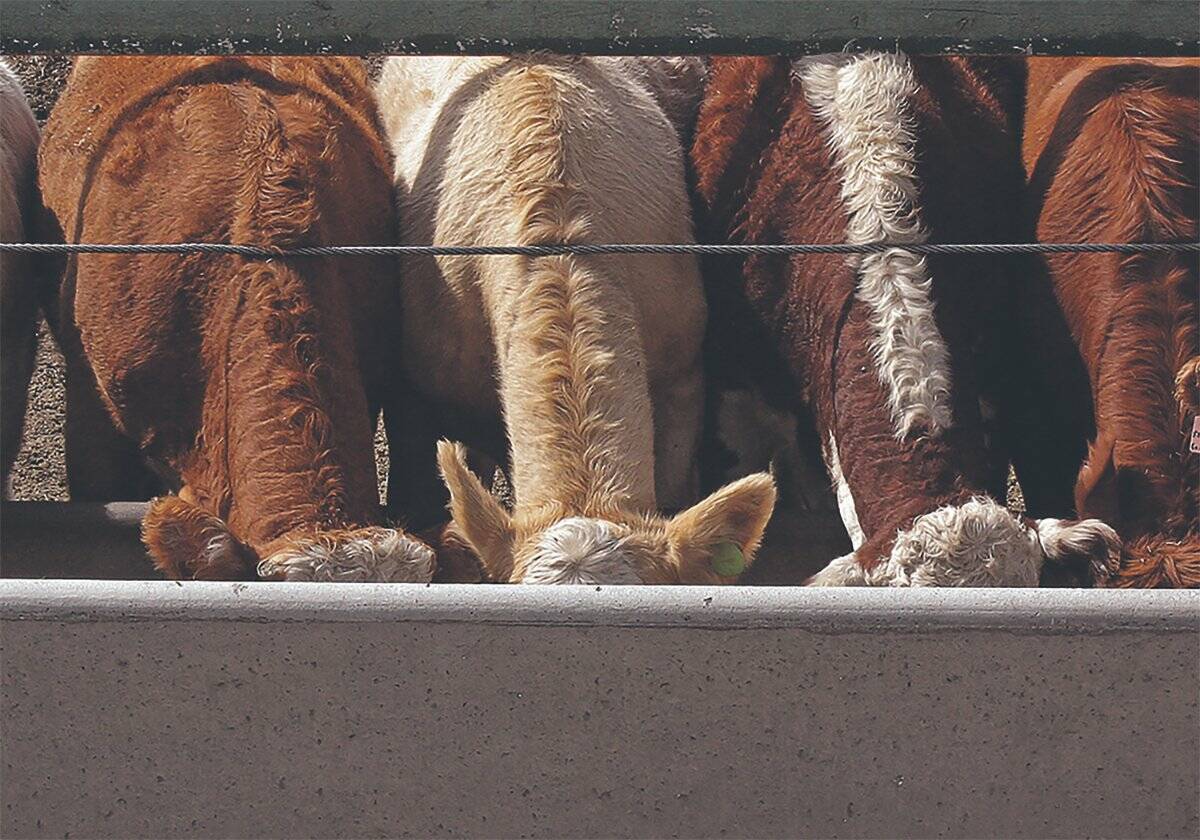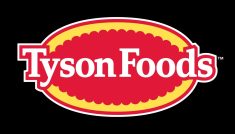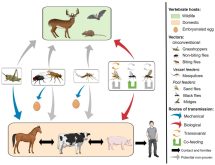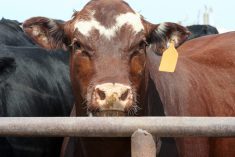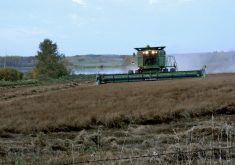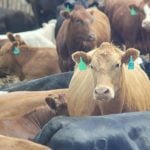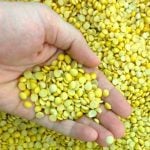Abundant feed grain supplies and improved profitability for the livestock sector should support strong feed demand and sales through the winter, says a new report from Farm Credit Canada.
“The outlook is positive for both the livestock and feed industries,” wrote FCC senior economist Leigh Anderson in the Oct. 8 report.
There was regional variability, but Canadian forage production overall was expected to have declined on the year while the grain crop was larger, said the FCC report.
Read Also
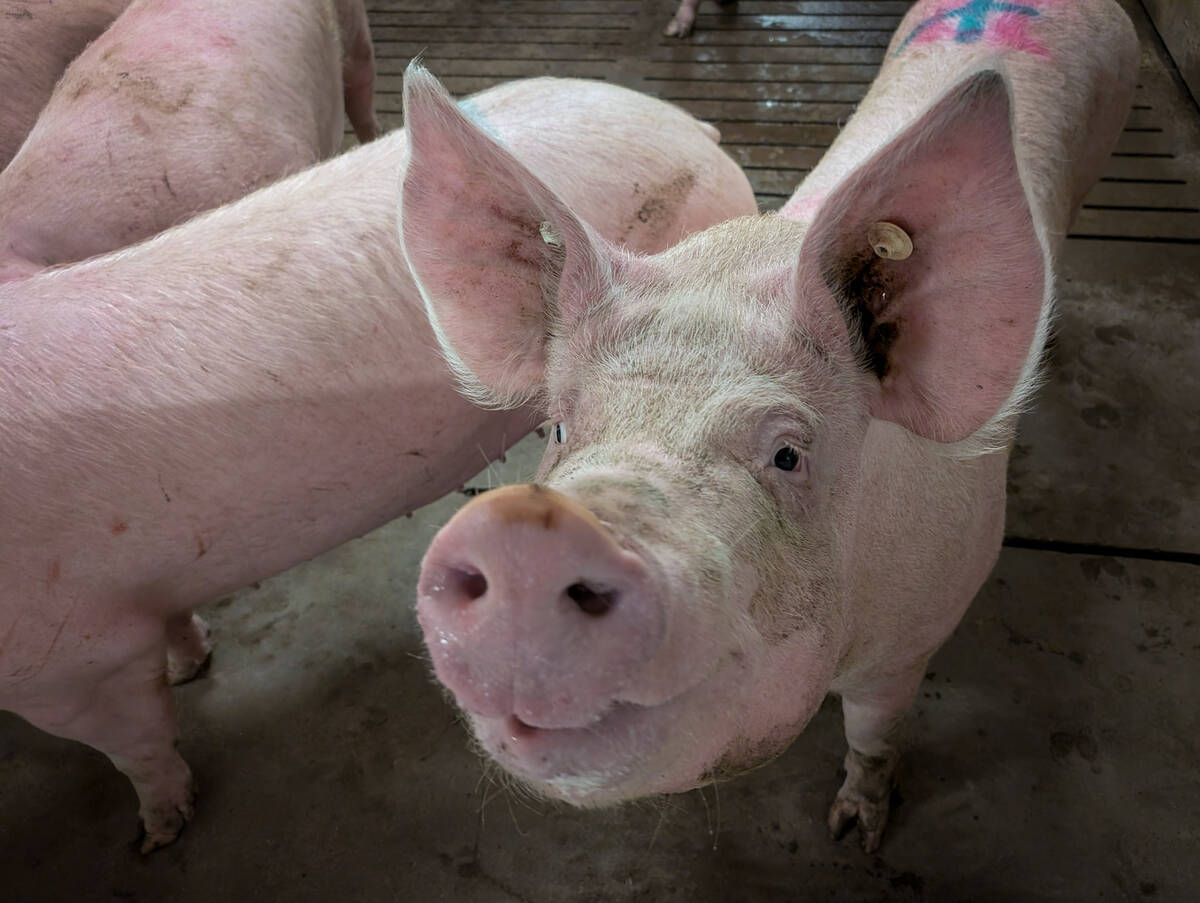
South Korea raises African Swine Fever alert after outbreak at pig farm
South Korea said on Tuesday there had been an outbreak of African Swine Fever (ASF) at a pig farm in the country’s largest pig-breeding region, prompting authorities to raise the national alert level to “serious”.
“Most cattle producers are adjusting to lower forage production by making use of feed alternatives,” said the report, adding that “an abundance of feed grain supplies and improving profitability in the livestock sector are expected to support strong feed demand and sales.
A forecast for a record-large corn crop in the United States was expected to keep feed prices low in Canada, keeping a lid on increases in hay prices.
Canadian commercial feed sales projected to increase
Canada’s livestock sector has faced years of tight feed supplies and high costs, with expensive feed grains hurting the profits for both producers and feed mills. In 2022, commercial feed sales hit a record C$11.7 billion due to rising grain and oilseed prices, said the FCC. Sales dipped in 2024 and are expected to reach $11.2 billion this year, with a projected rise to $11.9 billion by 2026.
However, the numbers depend heavily on feed grain prices and could be revised down if prices fall. Most of the feed sales growth is expected in Western Canada, driven by poultry expansion, while dairy and hog sectors are expected to stay stable or grow slowly. Commercial feed sales in the cattle sector will depend not only on overall feed demand, but also on the need for additives and supplements to improve the quality of lower-grade feed available on cow-calf and feedlot operations, said the FCC.
Expanding poultry sector is an area of growing feed demand
Broiler production is expected to rise sharply in the second half of the year, with recent quota allocations averaging over seven per cent above base, said the FCC report. However, bird flu remains a major risk. Egg layer production has also seen steady growth since last year, as Western Canada recovers from the impact of bird flu a year ago. As a result, the expanding poultry sector remains a growing area of opportunity for the feed sector, said the FCC.
Stable feed demand for dairy and hog sectors
Despite the dairy herd size remaining unchanged, milk production has increased, driven by strong demand for dairy products, said the FCC report. Marketing boards have responded by issuing additional quota and incentive days to boost supply, which has contributed to improved dairy profitability. Dairy feed demand is expected to remain stable. Meanwhile, Canada’s hog sector is showing signs of recovery after several challenging years. The national hog inventory dipped slightly to 13.8 million head as of July 1, but improvements in hog prices and lower feed costs could lead to modest herd growth next year. Continued gains in productivity with more piglets born per sow could also support herd growth in the coming year. As a result, feed demand from the hog sector could rise if herd sizes increase, said the FCC.
Strong cattle price and abundant feed supply supportive of herd rebuilding
Canada’s national beef herd increased for the first time since 2021 in the latest data as of July 1. A continuation of strong cattle prices and easing feed costs could encourage more herd rebuilding, said the FCC report.
In August, feedlot placements were 12.2 per cent lower than last year, and this trend will be important to monitor as the fall calf run ends. If feedlot placements continue to trend lower, it could point to increased heifer retention. While that may mean less feed demand at feedlots in the short term, it suggests more on-farm feeding now and potentially higher feed demand in the years ahead, said the FCC.
Feedlot margins remain tight, but cheaper feed grains are helping. With plenty of feed grains available and record cattle prices, feedlots have an incentive to continue feeding cattle to heavier weights to improve profitability, which could lead to improved feed grain demand, said the report.


